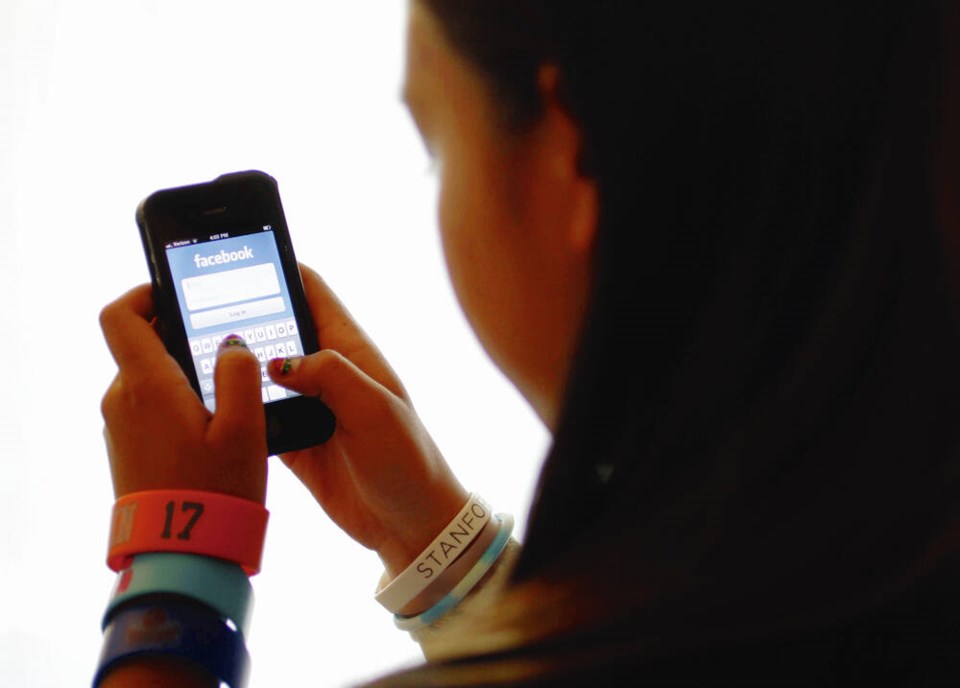There’s no question about it, the teacher of today cannot be the teacher of yesteryear — which makes teaching in today’s classroom tough even for the most experienced teachers.
The students of today at every grade level, just in order to keep pace with a rapidly evolving world, require more of their teachers than just the acquisition of knowledge passed on from generations past.
Today’s learners are in a hurry and have the tools at hand to search out and acquire not just old knowledge, but also new knowledge for themselves.
For them, it is now more a matter of learning what to do with all that easily available knowledge.
That’s why beyond the traditional teacher roles as the Controller, the Prompter, the Resource, the Assessor, the Organizer, the Participant and the Tutor, a classroom full of more sophisticated and technologically competent kids expect more from their teacher.
That expectation involves teachers constantly shaping their lessons to accommodate metacognition — the process by which students learn to think about thinking. It’s about teaching students how to examine the information they take in, how to process that information, then how to do that more proficiently.
Success in any endeavour in the 21st century will require knowing how to learn. Students today will likely have several careers in their lifetime. Almost all those careers will demand strong critical thinking and interpersonal communication skills in an increasingly fluid, interconnected and complex world.
The 21st-century teacher needs to know how to provide technologically supported learning opportunities for students and also needs to know how technology can support student learning, not control it.
Pedro Arrais’ recent Islander story about a teacher working with students “at the intersection of artistic creativity and STEM (Science, Technology, Engineering and Mathematics)” is a perfect example.
The story is also about a teacher, Daniel Brandes, himself a musician and artist, enlivening and enlarging the reach of the standard classroom fare by bringing who and what he is to his students.
The best teachers and teacher trainees I have had the opportunity to observe or work with have been the ones with a background of numerous life experiences before they set foot in a classroom.
The best science teachers were always the ones with some real life science experience in one branch of science of another during which they learned to think like scientists.
The best second-language teachers had spent time living in the culture of the language they were now teaching and the best music teachers had experience performing before live audiences in one genre of music or another.
It may be that, in the not too distant future, and despite a looming teacher shortage in Canada, teacher preparation and professional development programs will find themselves requiring some evidence of real-world experience from applicants as a precursor to entering a teacher preparation program.
21st-century teachers will teach content differently. The day of the disintegration of subjects will be replaced by an approach to curriculum that recognizes the interconnectedness of content areas or disciplines by demonstrating a knowledge of their subject as it relates to other disciplines and beyond that relating global awareness of the subject.
But there’s more.
The kids in the classrooms of 2024 are not the kids of 1995. Recognizing that change could make the classroom a more human and interactive but less
technologically reliant place.
Dr. Jean Twenge, professor of psychology at San Diego State University and the author of more than 180 scientific publications and books, writes about those forces that are having a detrimental effect on student mental health.
Twenge uses large-scale surveys to draw a detailed portrait of the qualities that make today’s teens unique and the cultural forces shaping them.
In her new book, Generations, Twenge names the current classroom generation “iGens” for their ubiquitous use of the iPhone.
However “iGens have poorer emotional health” because increased reliance on technology, she says, “is creating an epidemic of anguish.” Constant reliance on new media is making teens more lonely, anxious and depressed while undermining their social skills, she says.
For these and other reasons, classrooms need to become more not less interactive teacher to student and student to student.
Collaborative learning — breaking students into small groups to answer questions, work on projects and learn from one another — has become one of the strongest core philosophies operating in classrooms today.
Even with the growth of technology and the increasing value society places on the ability to communicate and work in teams, collaborative learning has become more common — and more important.
Geoff Johnson is a former superintendent of schools.
>>> To comment on this article, write a letter to the editor: [email protected]




